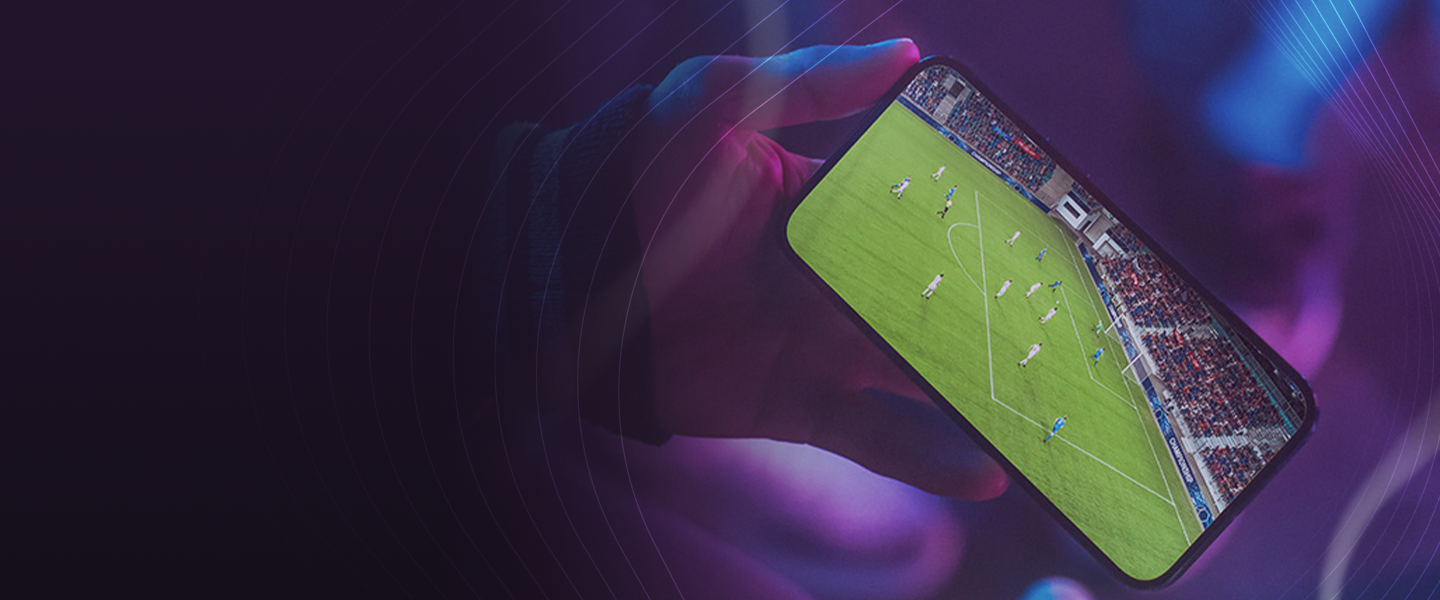Broadcasters are navigating uncertainty. Their audience behaviors are fragmented, revenue pressures are mounting, and unlike streaming providers, they often can't rely on subscriptions to fill the gap.
Yet, many of the region's broadcasters are still anchored to legacy models – both commercially and operationally. Public broadcasters can't pivot to subscriptions without public scrutiny, and private operators face a growing list of competitors, especially from global streaming giants and local Free Ad-Supported Streaming TV (FAST) upstarts. All are under pressure to grow reach and revenue without compromising their core service.
If the goal is long-term sustainability, then monetization has to evolve – quickly, but also wisely.
How does monetization in the current broadcast landscape look?
There's a persistent misconception across the industry – particularly among viewers – that monetization means ads, and everything else is an operational cost center. But monetization is more than just inserting commercials; it's about creating flexible, fit-for-purpose business models that reflect how people actually watch.
Running a single business model across every platform and market doesn't work. Leading broadcasters are moving toward a layered strategy: subscription Video on Demand (VOD) in premium tiers, advertising VOD in mass markets, and transactional VOD for one-off events – or in some cases, a hybrid of all three. Different audience segments have different expectations, spending power, and device habits. Think mobile-only plans in India through telco bundling, or resolution capping to introduce low-cost tiers. The tools exist, but many broadcasters are stuck waiting on legacy vendors to catch up.
What makes advertising effective for modern broadcasters?
Let's be clear: advertising isn't dead, but its effectiveness now depends entirely on context and execution. Traditional broadcast ad models offer low cost-per-mille and even lower precision. In contrast, addressable advertising – layered with data-driven targeting and delivered via Connected TV platforms – can drive premium rates and real results, such as higher CPM and, arguably more importantly, lower churn.
This is where technology becomes the differentiator. Platforms that support seamless ad insertion, real-time targeting, and integrations with audience data allow broadcasters to turn generic ad slots into valuable, measurable inventory. New formats like Catchup TV and Video on Demand to Live (VOD2Live) offer more than just convenience – they open new monetization avenues. With extended content shelf life, users stay engaged and are exposed to dynamic ad delivery.
FAST channels push this further, delivering live-like viewing experiences powered by ad revenue – a win for cost-conscious viewers and reach-focused broadcasters alike.
How can broadcasters expand their reach?
Monetization strategies only succeed when people are watching. That’s why cross-platform, territory, and screen expansion is essential.
Younger generations aren’t tuning in on linear schedules. They’re on mobile devices, smart TVs, and game consoles – often at the same time. Meeting them there requires more than a single content app; it demands a unified strategy for multi-platform delivery, localized user experiences, and platform partnerships that extend reach without sacrificing control.
Localization is also critical – not just translation, but metadata adaptation, localized thumbnails, and editorial tone tailored to each audience. A frictionless experience builds stickiness, and stickiness drives monetization – through ad engagement, upsells, or viewer retention.
So, what’s holding broadcasters back from monetizing smarter?
Perhaps unsurprisingly, the answer isn’t creativity – it’s integrational complexity. The ability to launch a new subscription tier, FAST channel, or change an ad integration shouldn’t take quarters. Yet, with legacy infrastructure, it often does.
That’s why agility matters almost more than features themselves. Platforms like Irdeto Experience bring together content, security, and monetization in one flexible, scalable, and customizable solution – addressing the evolving needs of broadcasters. It not only offers the core capabilities but also the speed and strategic growth potential that many lack.
By consolidating workflows – from content discovery to rights management, advertising, data, and security – these platforms enable broadcasters to move faster, test smarter, and monetize more effectively. Alignment where it matters most.
Why does long-term monetization success depend on strategic alignment?
To answer this, look at what broadcasters are saying. According to the DPP European Broadcaster Summit Report (2025), 83% of participating broadcasters (including BBC, CME, and ITV) say strategic fit is their top priority when selecting a vendor – yet only 21% feel those vendors truly meet their integration needs.
Modularity and integration shouldn’t be seen as side benefits – they’re fundamental to building a unified experience across content types, devices, and operations. Without them, even the most advanced monetization tools are difficult to deploy and harder to scale. Fragmentation leads to inefficiencies, delays, and inconsistent viewer journeys – all of which reduce revenue potential.
That’s why strategic alignment and operational efficiency go hand in hand. Broadcasters need platforms that slot cleanly into their ecosystems and evolve with their business. When alignment is in place, it enables faster partner onboarding, smoother feature rollouts, and more consistent cross-platform experiences – all critical for staying competitive. A platform, no matter how feature-rich, that isn’t flexible, fast to integrate, or ecosystem-aware creates friction, not value.
Irdeto Experience is designed with that reality in mind – built to align technology delivery with broadcasters’ strategic goals, from monetization models and user engagement to platform reach. It delivers modular capabilities that work across existing infrastructure, helping teams move faster, experiment safely, and scale intelligently.
In a time when differentiation is difficult and time-to-market is critical, a unified platform experience isn’t just convenient – it’s commercially essential.
Want to learn more about how Irdeto Experience can benefit you?
Reach out to us and start the conversation.









/Images/Module%20-%20footer/spiral.svg)
